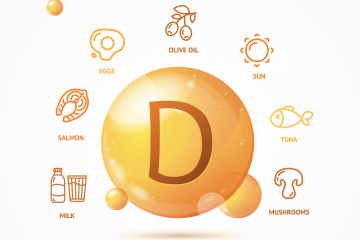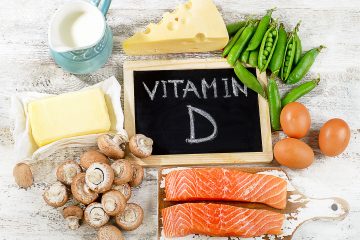Cramps: What We Know About Prevention
Cramps are a very common occurance in endurance athletes. Despite plenty of research, the science of cramping is still a bit inconclusive. Despite our desire to pin cramping down to a single nutrient deficiency or event, it does not appear we will find this. So, what do we know? Here is the short version of a couple key concepts in preventing cramps?
The Science of Cramping
There are different types of cramping. Some are serious (and if you get them you will know they are serious), and some are benign. This blog is going to focus only on the benign cramps, the ones most of us have experienced.
The two primary culprits for cramps appear to be fitness and hydration status.
Fatigue Induced Cramps
Fatigue cramps are the most prevelant types of cramps. They are essentially the consequence of a muscle hitting a point of exhaustion and going into a hyper-excitability state due to aberrant brain-muscle communication.
Have you ever noticed that your muscles seem to cramp only at the worst times, such as during a race? This is most likely to be fatigue cramps, and an indicator that you are missing out on an important aspect of training. That aspect is typically race intensity training.
For those that follow my blog, you know I am a fan of base building using your heart rate for monitoring. This type of training helps prevent injury and results in improvements in “aerobic speed” (see post on heart rate monitoring), which is important to becoming faster over longer distances. I put myself through an experiment prior to last season where I didn’t do anything but heart rate training for several months leading up to the race season. The results? I was a much faster triathlete all season despite not ever doing speed work, but I did have cramping issues during races.
As race season approaches, it is important that you mix in race-effort intensity into your training. If you don’t, you are asking for a bonk, muscle fatigue, and fatigue cramps. A race is generally not the time to introduce your muscles to a new level of intensity. That doesn’t mean you should go out and cook yourself each workout. But, it does mean your body should at least be adapted to the intensity level. Typically, 1-2 days per week of intervaled race intensity work is enough. Anymore, and you risk over-training (see my blog on cumulative stress and over-training syndrome).
Try mixing in these workouts into your routine (for a 70.3 or Half-Ironman distance triathlon):
Key Interval Run Off Bike:
Spin easy on trainer or flat outdoor route for 60 minutes, then do a 1:15 – 1:30 run off the bike with the following sets (4 x 10 minutes at 10 seconds below goal race pace with 5 minute recovery run between sets. Follow this with 5 x 3 minutes at 20 seconds below goal race pace with 2 minute recovery run between).
Key Interval Bike With Short Run Off Bike
On your long ride day, mix in 5-8 sets of 10 minutes at your race pace with 2-3 minutes rest between sets. End the bike with a 20 minute time trial. Do a short, easy effort 20 minute run off the bike.
Drink a protein shake or recovery shake immediately after these workouts. Here is my favorite recovery shake:
1 Banana
1 TBSP Honey
2 Level Scoops Hammer Nutrition Recoverite (chocolate!)
2 Cups Vanilla Almond Milk (Coconut Milk or Regular Milk can be subsituted)
4 Ice Cubes
Make sure you follow this workout with a low intensity day the following day, such as a long easy/moderate swim. Putting your muscles and joints through that intensity requires recovery.
Hydration and Cramps
Both dehydration and over-hydration can cause cramps. Both result in a loss of electrolytes. There are several different opinions on proper hydration leading up to a race. Because of variable sweat and water loss rates among individuals, it is very difficult to give specific recommendations on how much fluid to take in leading up to a race.
I generally simply recommend monitoring your urine color. Prior to the start of the race, your urine should be relatively clear and colorless. During the race, I subscribe to the 1 bottle per hour during the bike with electrolytes every other bottle as a starting point. During the run, grab something every aid station for an Ironman and at least every other aid station during a 70.3 as a starting point. If conditions are hot and humid, or you are at higher altitudes, or you have a higher than normal sweat rate, you may want to increase your fluid intake during the race. But, don’t overdo it. If water is sloshing around your gut, slow the fluid intake down.
Proper hydration can be made more complex than the above if you so desire. I generally choose to keep it simple, as there isn’t a lot of research showing the more complex methods result in better outcomes. This is where experimenting during training can make all the difference. Train in all types of conditions and experiment with different intakes.
Happy Training!





0 Comments